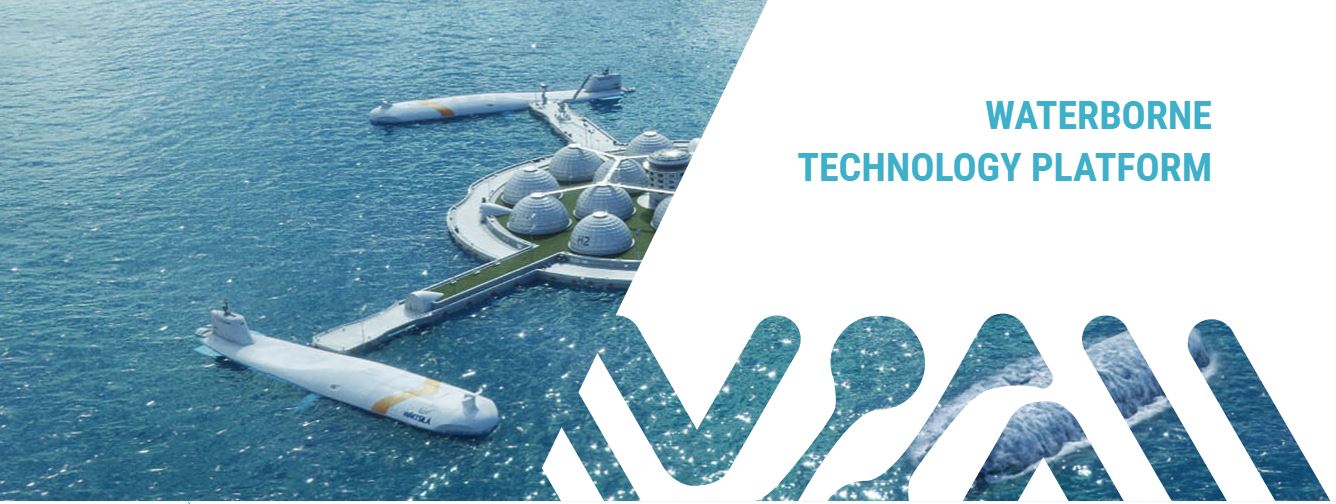EU’s waterborne transport sector issues Joint Declaration, charting the course towards a resilient, competitive and sustainable future
The Joint Declaration, signed by 13 European Associations, calls for a coordinated effort between public and private sector actors, with resilience, competitiveness and level playing field as corner stones
The EU’s waterborne transport sector is dynamic, featuring a diverse array of public and private stakeholders. This includes maritime and inland waterways shipowners and operators, shipyards, equipment manufacturers, ports and terminals along with public and private infrastructure and service providers, universities, research institutes and social partners. Each of these actors play a pivotal role contributing their expertise and resources. At the core of the sector is its dedicated workforce, whose contributions are crucial both on board vessels and on land, underlining the waterborne transport sector’s vital role in the EU economy and society.
The sector is critical for Europe’s trade and economy, handling nearly 90% of international trade, with 81% of the EU’s external trade and 40% of its internal trade being carried by maritime shipping, and 6% of the EU carriage of goods by inland waterway transport. The sector is actively engaged and making significant investments to ensure it remains a worldwide frontrunner, embracing and facilitating the green and digital transformation. In addition, the sector plays a key role towards reinforcing the EU’s resilience in terms of trade, security, defence, energy supply and sustainability, thus being an enabler of the transition towards sustainable energy while safeguarding strategic resilience and a robust supply chain.
To effectively fulfil these roles, the waterborne transport sector must remain competitive. This requires possessing the required human and industrial capacity to foster innovative solutions. The aim is to become even more sustainable and environmentally friendly, focus on human centric approaches, integrate digital technologies effectively and enhance overall resilience. It is imperative for the sector to uphold this position especially in the face of challenges such as absence of level playing field, regulatory uncertainty and increasing competition from third countries.
Therefore, a coordinated effort between public and the private sector actors at the European level is urgently required, with resilience, competitiveness and level playing field as the corner stones. This collaboration is essential to secure a prosperous future of this strategic sector for Europe.
Eero Lehtovaara, Chair of the Board of Directors, Waterborne TP, said: “This joint declaration signed by 13 European Associations showcases the strength of cooperation between the different segments of the sector, and the commitments to the green and digital transition. However, it also clearly shows the vulnerability of the waterborne transport sector, which is of strategic importance to the EU. During the past couple of years, the public and private side have focused and invested in, for example, the transition to a zero-emission mode of transport. During this process, it has become clear that further coordination between the private and public stakeholders is urgently needed, to ensure the resilience, competitiveness and level playing field of the sector. This cooperation will also define the research priorities of the sector for the future, which we will implement as part of our long-term strategy.”
WATERBORNE TP has been set up as an industry-oriented Technology Platform to establish a continuous dialogue between all waterborne stakeholders, such as classification societies, shipbuilders, shipowners, maritime equipment manufacturers, infrastructure and service providers, universities or research institutes, and with the EU Institutions, including Member States (www.waterborne.eu). The members of Waterborne TP comprise members as well as associated members from both maritime and inland navigation countries, representing about 21 Member States. In addition, the Associations member of the Waterborne Technology Platform represent the broader waterborne sector throughout the entire EU.



